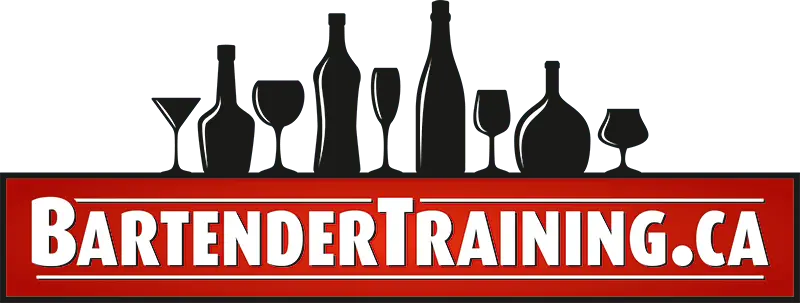Bartending in Connecticut offers a dynamic and rewarding career opportunity for those interested in the hospitality industry. However, understanding the state’s requirements for alcohol service is crucial for both new and experienced bartenders.
With a strong foundation in these guidelines, you’ll be well-equipped to navigate the world of bartending in Connecticut and contribute to a safe and enjoyable experience for your patrons.
Bartending License Requirements for Connecticut
In Connecticut, there are no state regulations mandating that servers or bartenders obtain a license to sell alcohol. However, it’s important to note that some bar owners may require their bartenders and servers to complete specific training courses, irrespective of state or city laws.
However, having some alcohol server training such as TIPS, Responsible Serving® of Alcohol or Techniques of Alcohol Management (TAM) can help improve your career prospects. These are all nationally-recognized training programs, so that you can use them in other States as well.
Connecticut Bartending FAQ
Here are some questions people also asked about becoming a bartender in Connecticut.
Does Connecticut require a bartending license?
No, Connecticut does not require a specific bartending license. While Connecticut does not mandate alcohol server training, completing an approved course, like TIPS, may offer advantages and benefits for those in the industry.
What is the legal age to Bartend in Connecticut?
The legal age to bartend in Connecticut is 18 years old. Individuals must be at least 18 years of age to serve, sell, or handle alcohol in establishments like bars, restaurants, or liquor stores.
Is TIPS certification required in Connecticut?
While TIPS certification is not explicitly required in Connecticut, the state does mandate that alcohol servers and sellers complete a certified alcohol seller and server training program. TIPS (Training for Intervention Procedures) is one of the recognized programs that meet the standards set by the Techniques of Alcohol Management (TAM) program, which is accepted in Connecticut.
How much do bartenders make in tips in Connecticut?
As of 2023, the average hourly pay for a bartender in Connecticut was around $13 (or $26,694 yearly), excluding tips. With tips included, bartenders can potentially earn between $15 and $25 per hour or more, but this is not guaranteed and can fluctuate significantly.
The amount bartenders make in tips in Connecticut can vary widely depending on location, establishment type, and experience.
What is Barbacking?
Barbacking refers to the role of a barback or a bartender’s assistant. Barbacks are responsible for supporting bartenders by performing tasks such as restocking liquor and supplies, cleaning glasses and equipment, preparing garnishes, and maintaining the bar area’s cleanliness and organisation. Barbacks play a crucial role in ensuring the smooth operation of the bar and providing efficient service to patrons.
Are you interested in how barbacking can help your career? See this article on going from barback to bartender.
Can you drink at 16 in Connecticut?
No, you cannot legally drink at the age of 16 in Connecticut. The legal drinking age in Connecticut, as in all U.S. states, is 21 years old under the MLDA. It is against the law to purchase or consume alcohol if you are under 21, with some limited exceptions for religious or medical purposes under adult supervision. The family exception is allowed in most states except for in Alabama, Arkansas, Idaho, New Hampshire, and West Virginia/
Conclusion
In conclusion, understanding and adhering to Connecticut’s bartending license requirements is crucial for anyone seeking a successful career in the state’s hospitality industry. By completing a certified alcohol seller and server training program and maintaining a valid certificate, you will not only ensure compliance with state regulations but also contribute to a safer and more enjoyable experience for your patrons.
If you’re interested in bartending in other American states, we’ve written an article about bartending requirements across America here.




